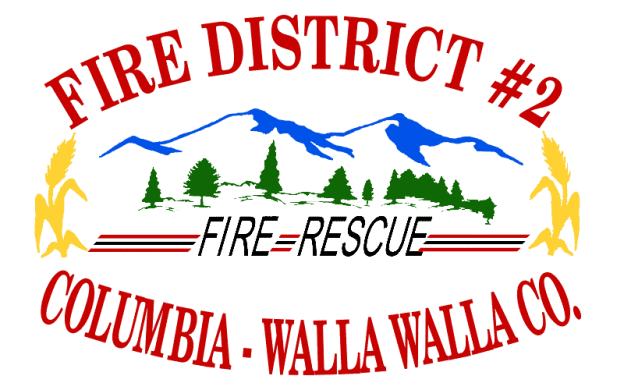Chimney Fire Safety.
Including furnaces, fireplaces, wood stoves and space heaters
It’s easy to forget about your chimney’s condition-and its importance to the safety of your home. A chimney blockage can fill your home with deadly fumes. Top causes of chimney fires include:
Animal nests
Ventilation
Cracks/leaks
Creosote build-up
Creosotes are the #1 cause of chimney fires. They are the flammable substance deposits inside chimney walls which build up and can ignite. By removing these deposits through regular chimney cleaning, the risk of fire can be avoided.
Evacuation Information.
By leaving early, you will give your family the best chance of surviving a flood or wildfire. You also help rescue teams by keeping roads clear of congestion, enabling them to move in and out of your neighborhood, and thereby doing their job - saving the lives and property of people affected by the threat.
If you’re told to evacuate, leave early enough to avoid being caught by the threat, or road congestion. Don’t wait to be told by authorities to leave. In an intense wildfire or flood, they may not have time to knock on every door. If you think it’s time to leave, don’t wait - get out. If you see smoke or fire in your area, immediately report it by dialing 9-1-1. Remember to take note of the location so that the dispatcher can send emergency equipment to the correct location before you hang up.
If Evacuation May Be Necessary
Back your car in the garage heading out with windows closed. Be sure to keep your keys with you so that you can evacuate quickly should it become necessary.
Close the garage door, leave it unlocked, and disconnect automatic door opener in the case of power failure.
Keep a portable radio with you at all times and stay tuned to your local news station.
Keep a pair of old shoes and a flashlight handy for a night evacuation.
Keep the six “P’s” ready, in case immediate evacuation is required:
People and pets
Papers, phone numbers, and important documents
Prescriptions, vitamins, and eyeglasses
Pictures and irreplaceable memorabilia
Personal computers (information on hard drive and disks)
“Plastic” (credit cards, ATM cards) and cash
Outdoors
Move yard furniture away from the house or store it in the garage.
Cover windows, attic openings, eaves, and vents with less combustible material, such as 1/2-inch or thicker plywood.
Close window shutters and blinds if they are fire-resistant.
Attach garden hoses to faucets and place them so that they can reach all areas of your house.
Place a ladder against the house on the opposite side of the approaching fire for access to the roof.
Shut off Butane/propane or natural gas valves.
Indoors
Close all windows and doors around your home to prevent sparks from blowing inside.
Close all doors within the house to slow fire spread inside the house.
Turn on the lights in all the rooms of your house, on the porch, and in the yard. Your home will be more visible through the smoke or darkness.
Move furniture away from windows and sliding glass doors to avoid ignition from the radiant heat of the fire.
Carbon Monoxide.
Often called the invisible killer, carbon monoxide is an odorless, colorless gas created when fuels (such as gasoline, wood, coal, natural gas, propane, oil, and methane) burn incompletely. In the home, heating and cooking equipment that burn fuel are potential sources of carbon monoxide. Vehicles or generators running in an attached garage can also produce dangerous levels of carbon monoxide.
The dangers of CO exposure depend on a number of variables, including the victim's health and activity level. Infants, pregnant women, and people with physical conditions that limit their body's ability to use oxygen (i.e. emphysema, asthma, heart disease) can be more severely affected by lower concentrations of CO than healthy adults would be.
A person can be poisoned by a small amount of CO over a longer period of time or by a large amount of CO over a shorter amount of time.
In 2016, local fire departments responded to an estimated 79,600 carbon monoxide incidents, or an average of nine such calls per hour. This does not include the 91,400 carbon monoxide alarm malfunctions and the 68,000 unintentional carbon monoxide alarms.
Data from the Center of Disease Control and Prevention’s (CDC’s) National Center for Health Statistics shows that in 2017, 399 people died of unintentional non-fire carbon monoxide poisoning.
